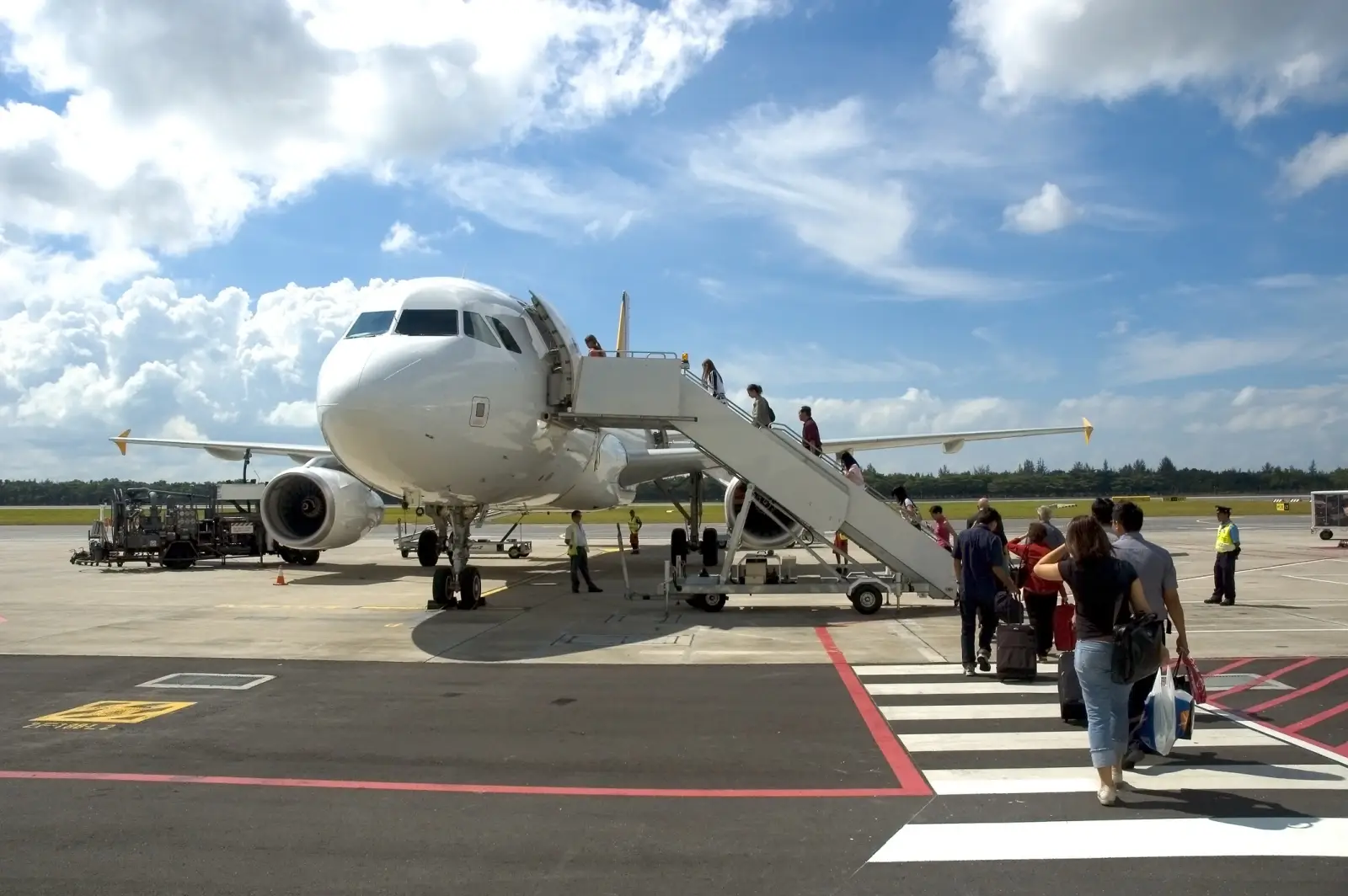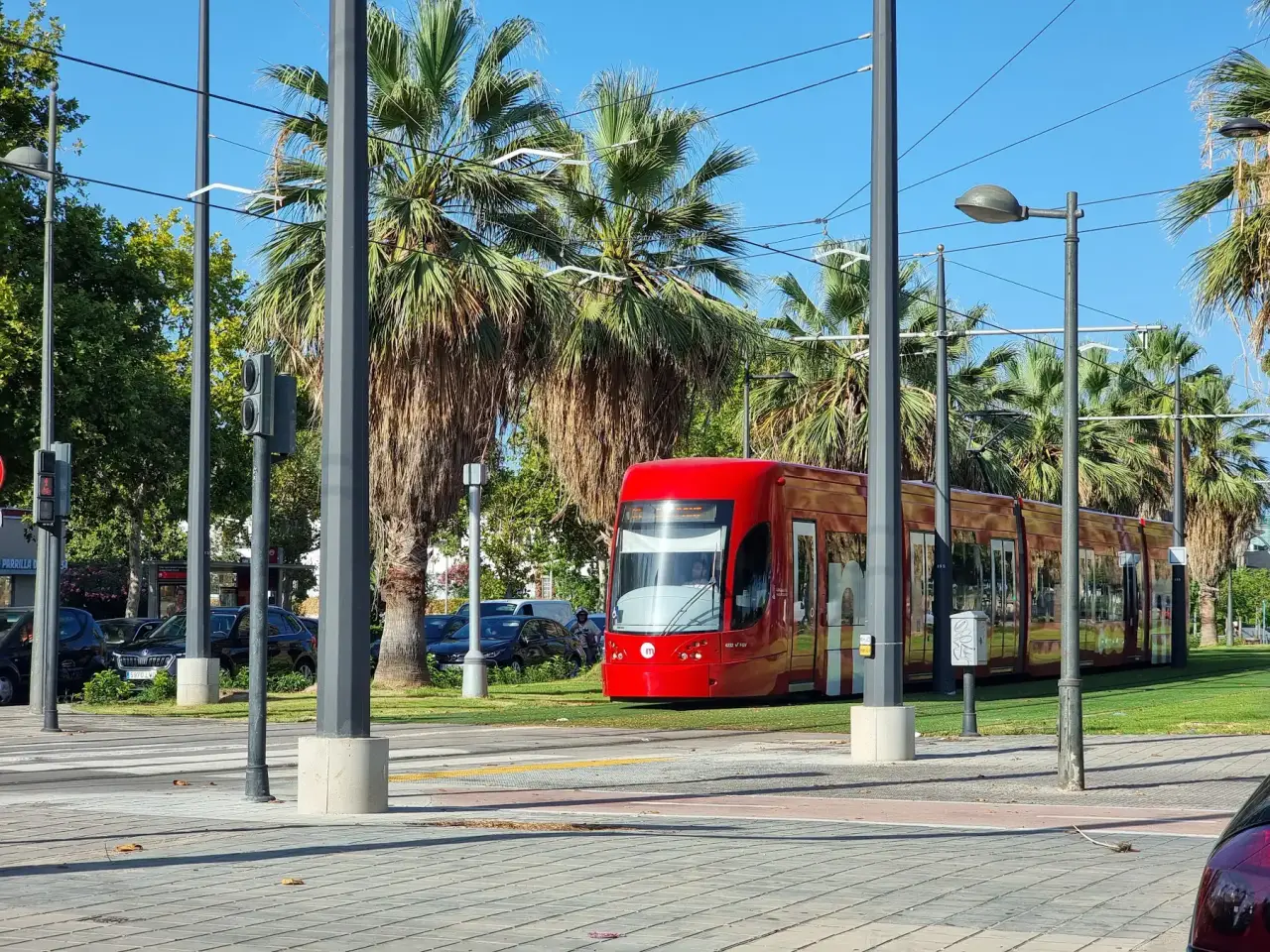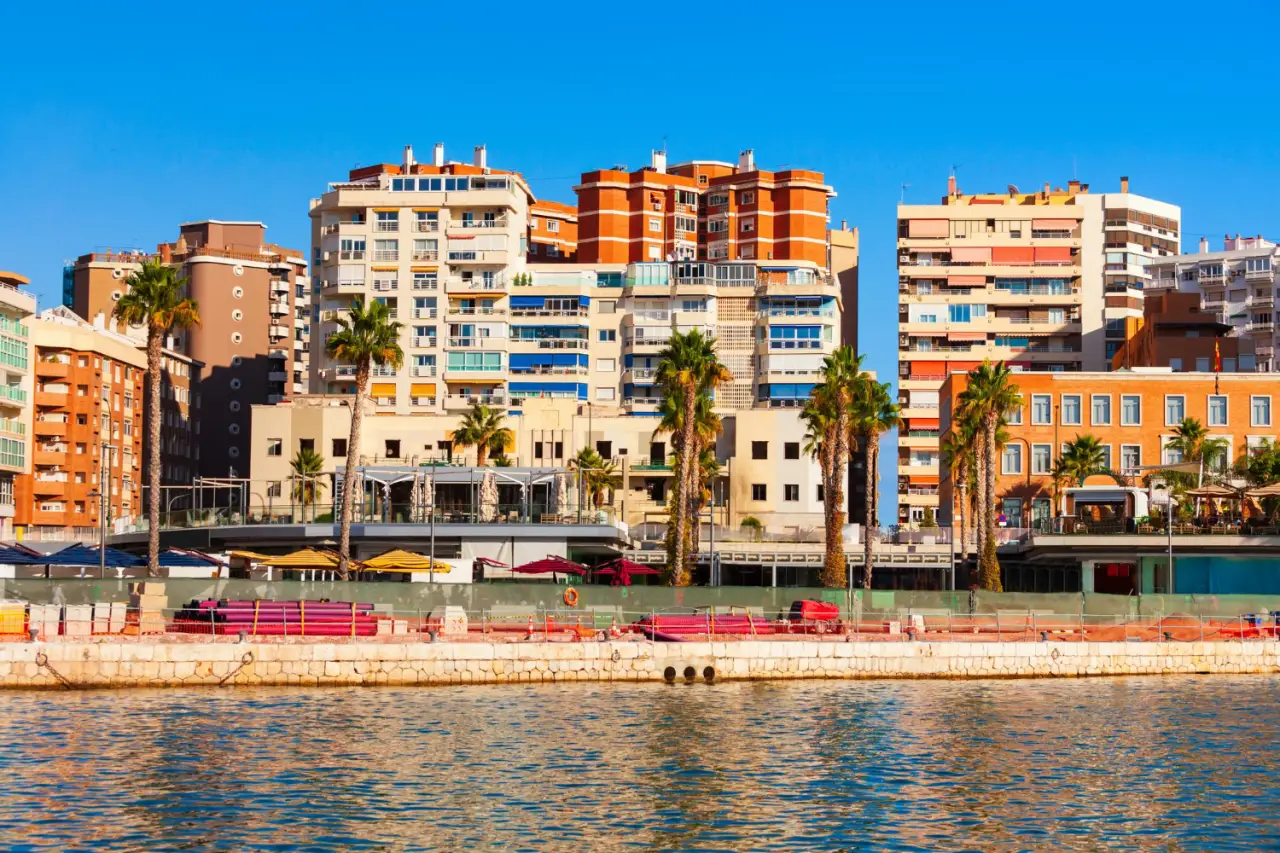Spain’s tourism industry has witnessed a remarkable resurgence in 2024, and with it, visitor spending has reached unprecedented levels.
According to CaixaBank Research, international tourists spent an average of €1,342 per visit in 2024, which is not only €245 more than pre-pandemic figures in 2019 but also reflects a robust 10% growth compared to 2023. What factors are driving this surge in spending, and what does it mean for the future of Spain’s tourism sector?
A Post-Pandemic Tourism Boom
After a turbulent period during the pandemic, 2024 marked a banner year for Spain’s tourism industry. Approximately 94 million international tourists visited the country, an impressive 10% increase from 2023 and a full recovery to pre-pandemic levels. This influx of travelers contributed to a 6% growth in the tourism sector, far outpacing the country’s overall GDP growth of 3%.
One major driver of increased spending is the shift in travel behavior. Tourists are now prioritizing experiences, such as dining at Michelin-starred restaurants, attending cultural events, and exploring unique destinations. This shift reflects a broader trend of travelers seeking meaningful, personalized experiences over traditional mass tourism.
Inflation and Rising Costs
While Spain’s tourism boom is encouraging, inflation has played a role in pushing up spending. The average prices for goods and services in the tourism sector, including accommodations, transportation, and dining, have risen. Although inflation has moderated compared to its peak in 2022, it remained at 5.4% in November 2024, well above the national average of 2.4%.
For example, maritime transport and domestic and international flights have seen significant price hikes, with maritime transport costs soaring by 60% since 2019. Despite these higher costs, tourists continue to spend more, driven by pent-up demand and a willingness to pay for quality experiences.
Luxury Tourism on the Rise
Another factor fueling increased spending is the growth of Spain’s luxury tourism market. High-end accommodations, particularly five-star hotels, have expanded their offerings since the pandemic, catering to affluent travelers. While occupancy rates for luxury hotels have not grown as rapidly as other categories, their revenue per available room (RevPAR) has surged. In 2024, the average RevPAR for Spain’s hotel sector reached €83, a 38% increase from 2019, with peak season figures hitting €107.
This focus on luxury aligns with the broader trend of experiential tourism, where travelers are willing to spend more on premium services and amenities. Upscale dining, private tours, and exclusive activities are becoming essential components of the Spanish travel experience.
The Impact of International Markets
Spain’s strong recovery has been bolstered by the return of key international markets. British tourists, who represent 19.7% of arrivals and 18% of spending, made a notable comeback in 2024 after years of challenges tied to Brexit and economic instability. Additionally, long-haul markets such as the United States and other parts of the Americas have shown robust growth, as have Eastern European countries like Poland and the Czech Republic.
Asian markets, including China and Japan, also contributed significantly to the rise in spending. While these markets faced initial setbacks due to prolonged pandemic-related restrictions and higher travel costs, their resurgence in 2024 marked a turning point. Tourists from these regions tend to stay longer and spend more per day, further boosting overall figures.
Shifting Domestic Travel Patterns
While international visitors drive much of the spending growth, domestic travel trends also play a role. Spanish residents are traveling abroad more frequently, with overseas travel volumes returning to 2019 levels. However, those who continue to travel within Spain are spending more per trip. CaixaBank Research highlights that domestic tourism spending grew strongly in 2024, despite a slight decline in the number of domestic trips.
This paradox can be attributed to the rising popularity of premium experiences, even among local tourists. Rural tourism and unique accommodations, such as luxury campsites and rural apartments, have seen a surge in demand. These options offer an escape from urban life and appeal to travelers seeking tranquility and authenticity.
A More Sustainable Future?
Another interesting development is the gradual desestacionalización, or de-seasonalization, of tourism in Spain. Traditionally, the industry’s peak season runs from July to September, but 2024 saw occupancy rates rise significantly outside these months. This trend suggests that travelers are increasingly exploring Spain during quieter periods, spreading economic benefits more evenly throughout the year.
De-seasonalization also aligns with sustainability goals. By reducing the pressure on resources during peak periods, Spain’s tourism sector can ensure a more balanced and environmentally friendly approach to growth.
Challenges and Opportunities Ahead
Despite its successes, Spain’s tourism sector faces challenges. The conflict in Ukraine continues to disrupt long-haul air travel, and inflation remains a concern. Additionally, business travel, a high-spending segment, has yet to fully recover, with 198,000 fewer arrivals compared to pre-pandemic levels. This gap underscores the need for targeted strategies to attract corporate travelers and capitalize on their higher daily spending.
Looking ahead to 2025, the outlook remains positive. CaixaBank Research projects a 3.6% growth in tourism GDP, driven by continued international demand and a stable domestic market. Spain’s ability to innovate and adapt to changing traveler preferences will be key to sustaining this momentum.
Spain’s tourism industry is thriving, with visitors spending more than ever before. From luxury accommodations to off-season travel, the factors driving this growth reflect a dynamic and evolving market. As the country continues to attract record numbers of international tourists, the focus will need to remain on delivering high-quality experiences while addressing challenges like inflation and connectivity. With careful planning, Spain’s tourism sector is well-positioned to remain a global leader in the years to come.















